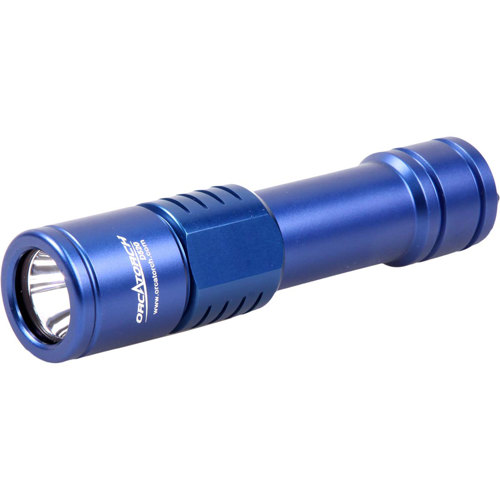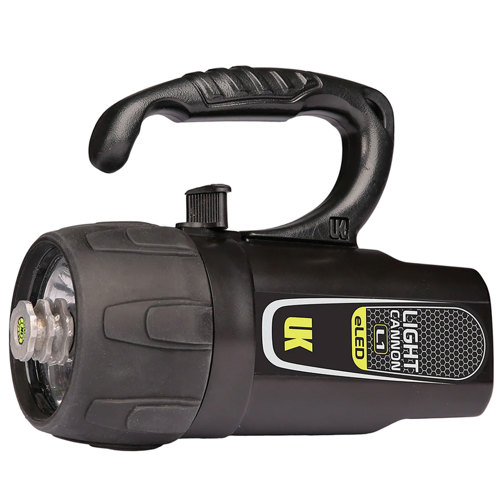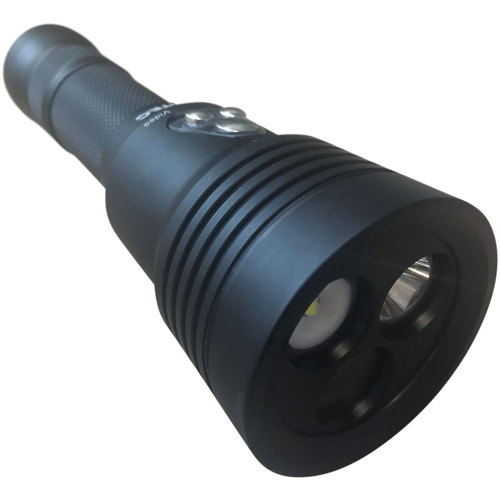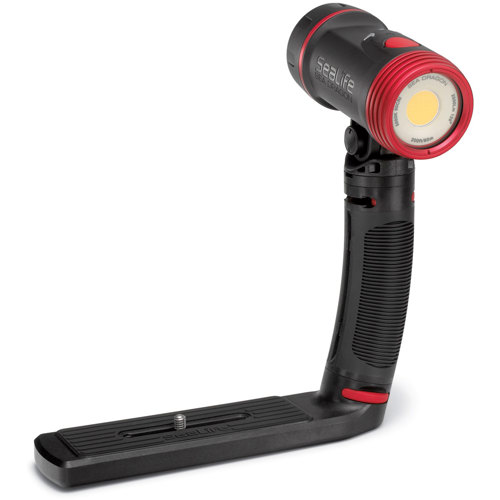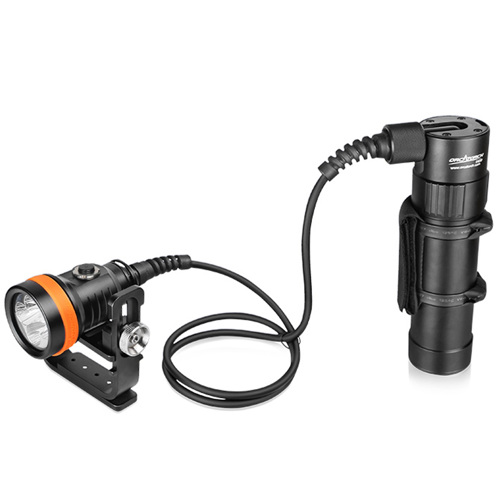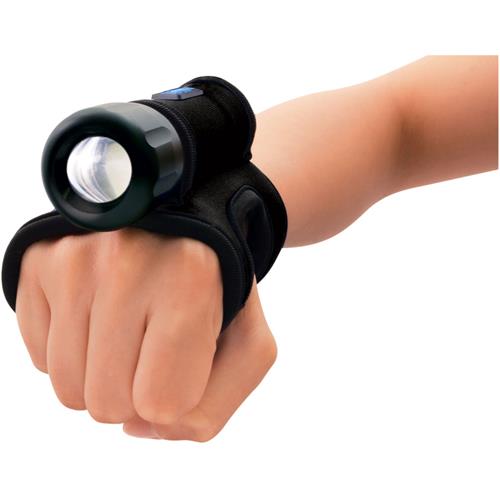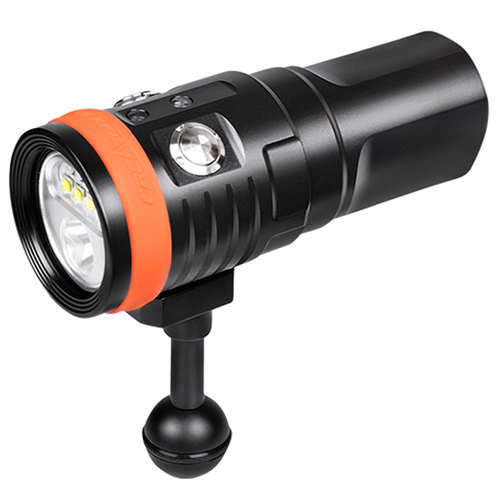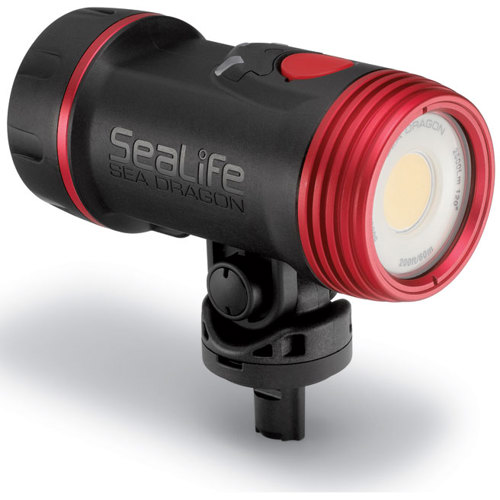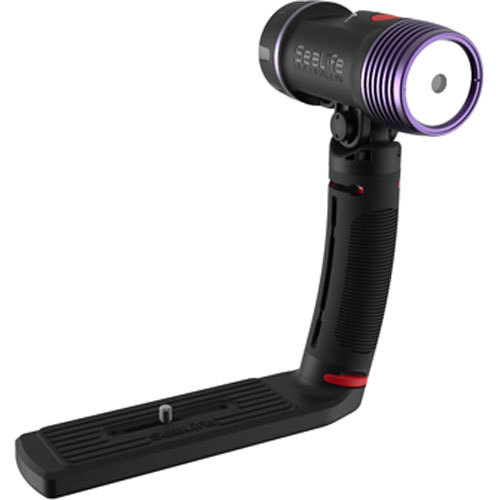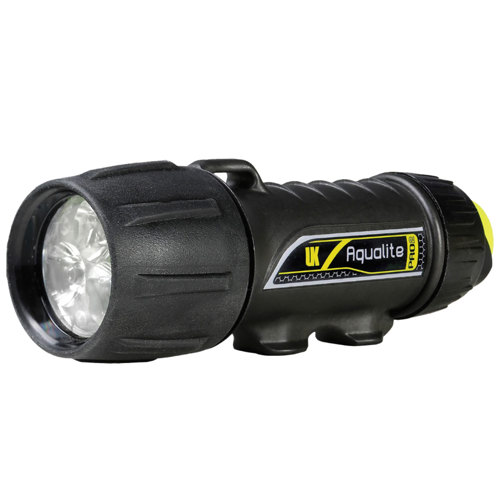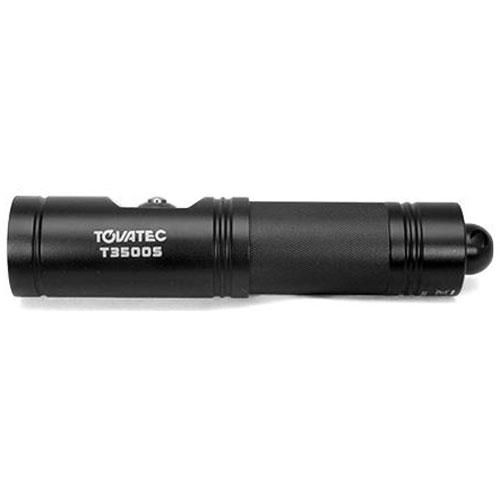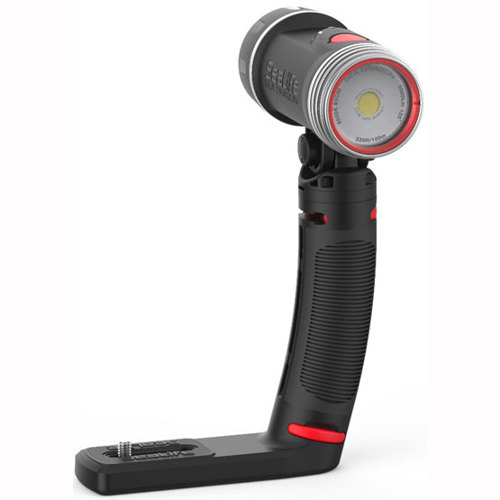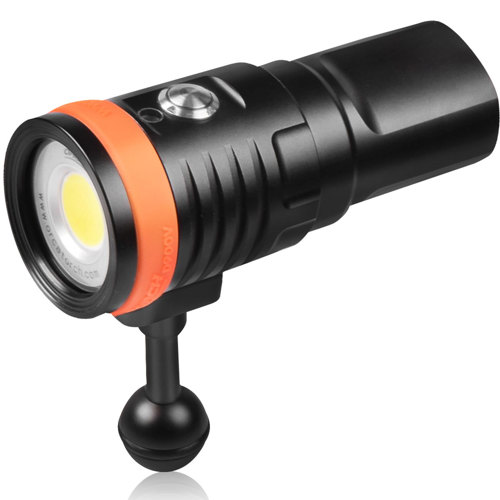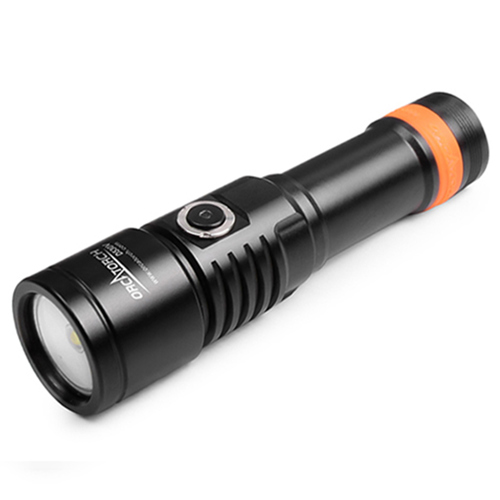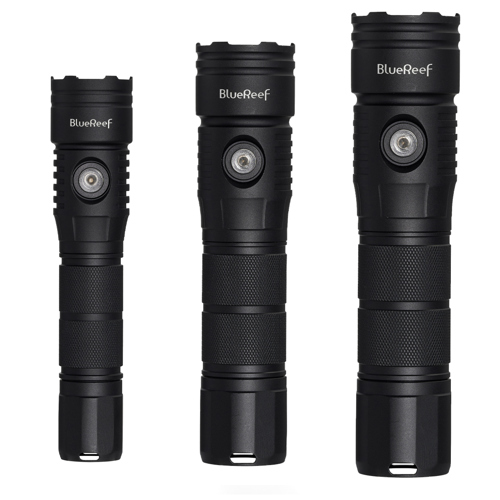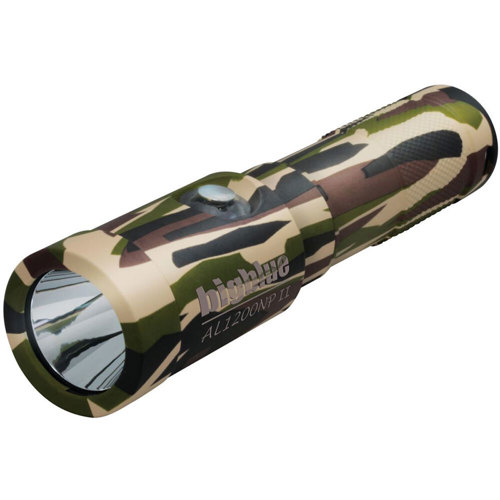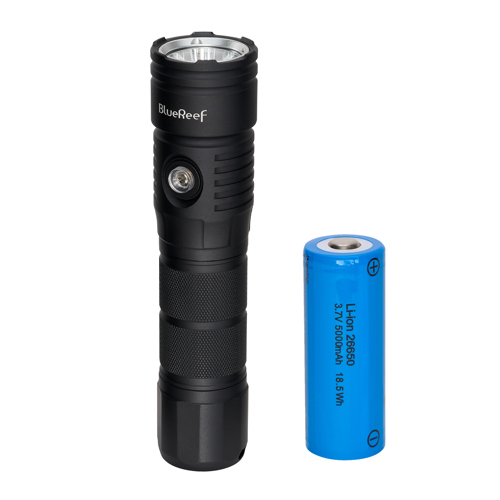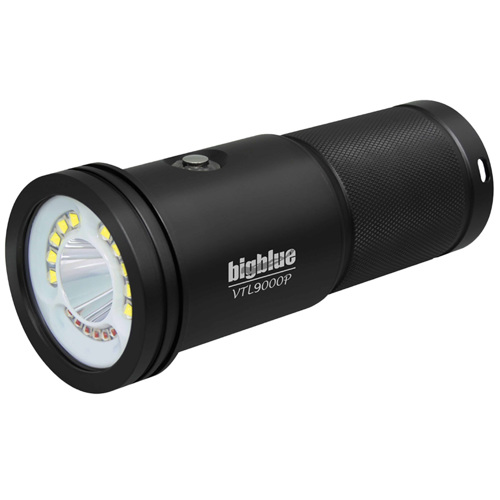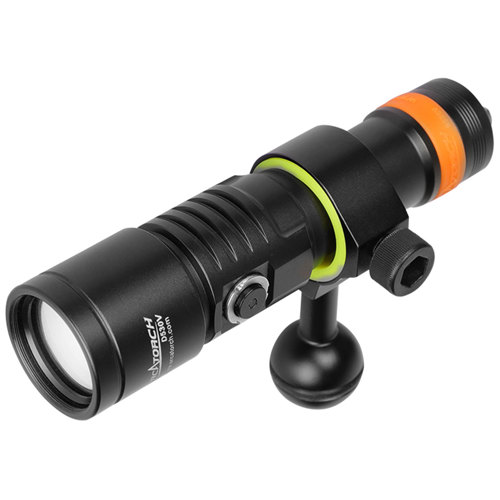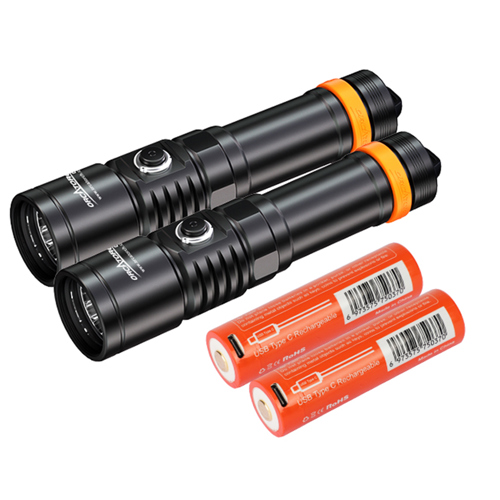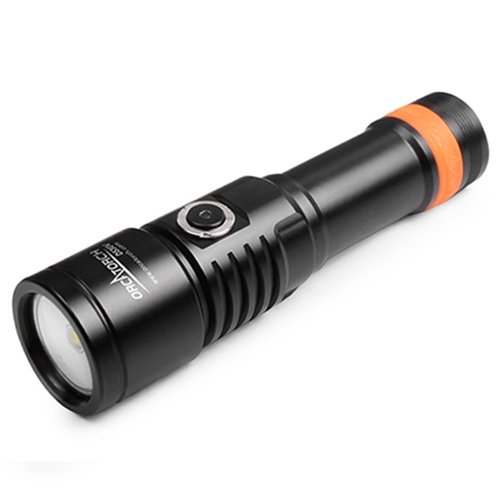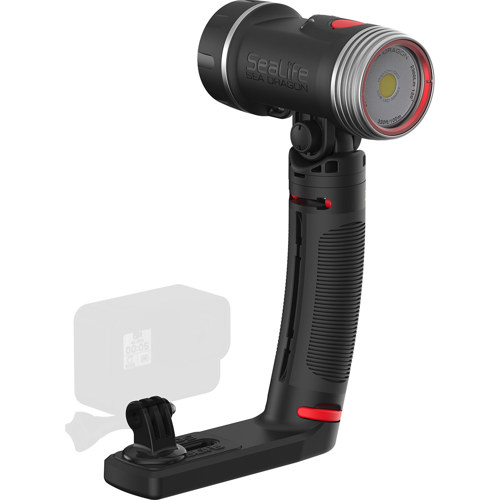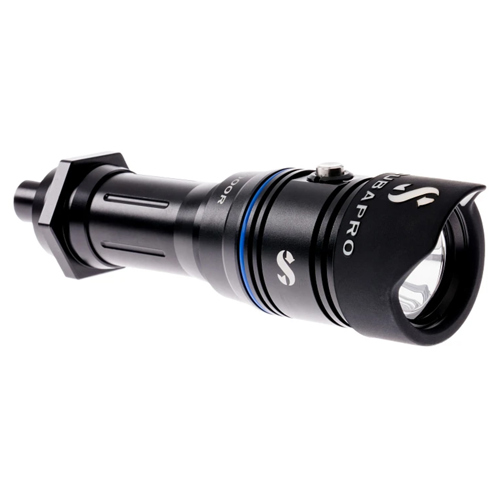In the world beneath the waves, marine biology research thrives on the ability to observe and document life in its most natural state. As autumn approaches and the water begins to cool, many marine biologists and underwater researchers find themselves gearing up for fieldwork, ready to dive into kelp forests, coral reefs, or rocky tidepools that come alive with seasonal changes. The right video lighting becomes essential for capturing the subtle iridescence of a nudibranch, the delicate flutter of plankton, or the cryptic camouflage of a cephalopod. Whether you are a seasoned scientist conducting long-term ecological studies or a graduate student embarking on your first night dive survey, the quality and reliability of your video lights can make all the difference in your research outcomes. These specialized lights are engineered not only to provide bright, even illumination in the dark or murky conditions often encountered underwater, but also to preserve the true colors and fine details that are crucial for accurate species identification and behavioral observations.
Selecting video lights for marine biology research involves careful consideration of several factors. Brightness and beam angle are at the forefront—wide, powerful beams are ideal for broad habitat surveys, while focused, high-intensity lights are perfect for zooming in on small organisms or intricate behaviors. Color rendering is particularly important for scientific documentation; a high CRI (Color Rendering Index) ensures that you see and record marine life in vivid, lifelike hues, which is vital for later analysis or publication. Durability is another key concern, especially as autumn storms can stir up challenging conditions. Look for lights with robust housings, secure seals, and user-friendly controls that are easy to operate even with thick gloves. Battery life is a practical consideration, especially for extended dives or remote fieldwork where recharging options may be limited. Some researchers prefer compact, lightweight models that can be easily mounted to a camera rig or helmet, while others opt for larger, more powerful units to illuminate expansive scenes or deepwater environments. Video lights also make thoughtful gifts for students, lab partners, or anyone passionate about marine exploration—imagine the excitement of unwrapping a tool that opens up a whole new dimension of underwater discovery. For those interested in the intricate world of close-up documentation, a dedicated selection of
Video Lights For Underwater Macro Photography offers options tailored specifically to macro research and fine-detail imaging.
As the days grow shorter and the underwater world shifts into its autumnal rhythms, video lights become indispensable companions for nocturnal surveys, behavioral studies, and specimen collection. The right lighting can transform a routine dive into an extraordinary encounter, revealing hidden patterns, cryptic species, and fleeting moments that would otherwise go unnoticed in the shadows. Many marine biologists recall the thrill of illuminating a reef at dusk, watching as shy creatures emerge from their daytime refuges, or capturing the bioluminescent trails of plankton swirling in the current. These experiences not only advance scientific understanding but also foster a deeper connection to the ocean’s mysteries. When investing in video lights for research, it’s worth taking the time to assess your specific needs, consult with colleagues, and consider the environments you’ll be working in—whether that’s the chilly kelp forests of the Pacific, the vibrant coral gardens of the tropics, or the mysterious depths of a midnight blue sea. A well-chosen video light is more than just a piece of equipment; it’s a gateway to discovery, enabling you to document, share, and protect the fragile wonders of our underwater world.

